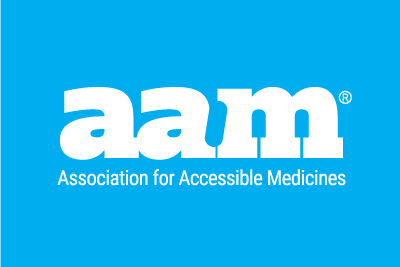Medicaid is a lifeline for more than 37 million children, more than 40 percent of all children with special health care needs, and more than 40 percent of all births. Originally designed to serve the poor, Medicaid now touches tens of millions of Americans who live above the poverty line.
Generic drug pricing is one aspect of the U.S. health care system that currently works well for patients. Medicaid, in particular, benefited from $38 billion in savings last year, with the typical enrollee seeing average savings of $512 due to generic drugs. So why is this vulnerable population being penalized in the first place?
Before getting into how the misguided policy of the Medicaid Generics Penalty will hurt patients, let’s recall the difference between how brand-name and generics are priced. Brand manufacturers are provided with a monopoly for their products. They can and do set the price of their drugs at whatever price the market will bear. These high prices provide sizable profits that cushion against price fluctuations for the raw materials used to make medicine, among other business risks.
Generics, however, operate in a competitive market with multiple manufacturers of the same product. This intense competition drives prices down and thins out profit margins. And when there’s a spike in the cost of the raw materials or a change in the customer mix, there’s no cushion of profits from high drug prices to absorb it.
The Medicaid Generics Penalty — a provision that went into effect in January — turns a blind eye to this reality, threatening to jeopardize patient access to safe, affordable generic drugs. If it’s not repealed, one of the most vulnerable patient populations may not be able to obtain the lifesaving medicines they rely on.
Repeal Medicaid Generics Penalty
By Erica Klinger, AAM Marketing Director




